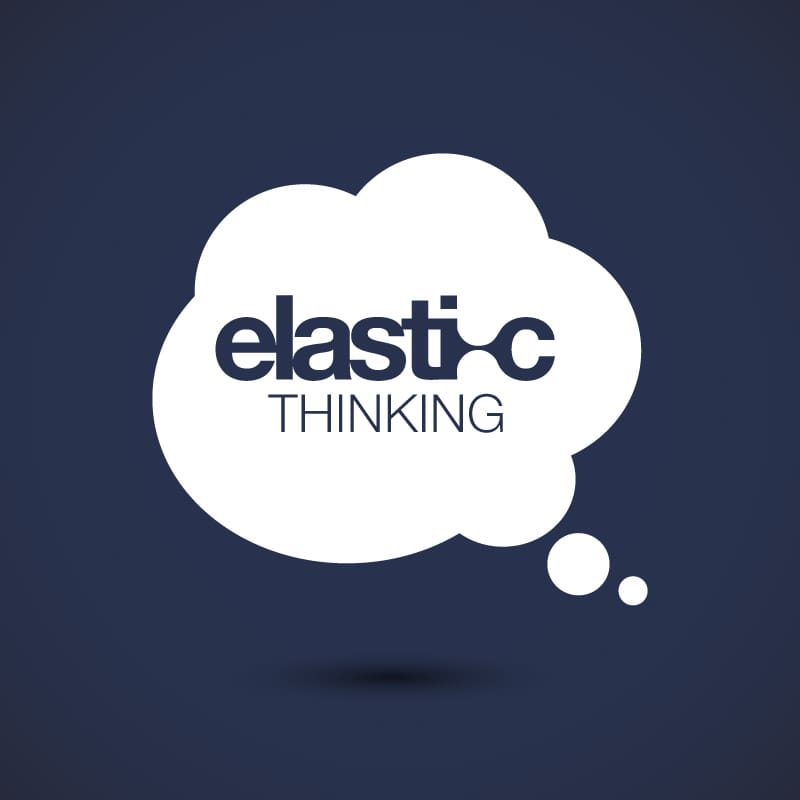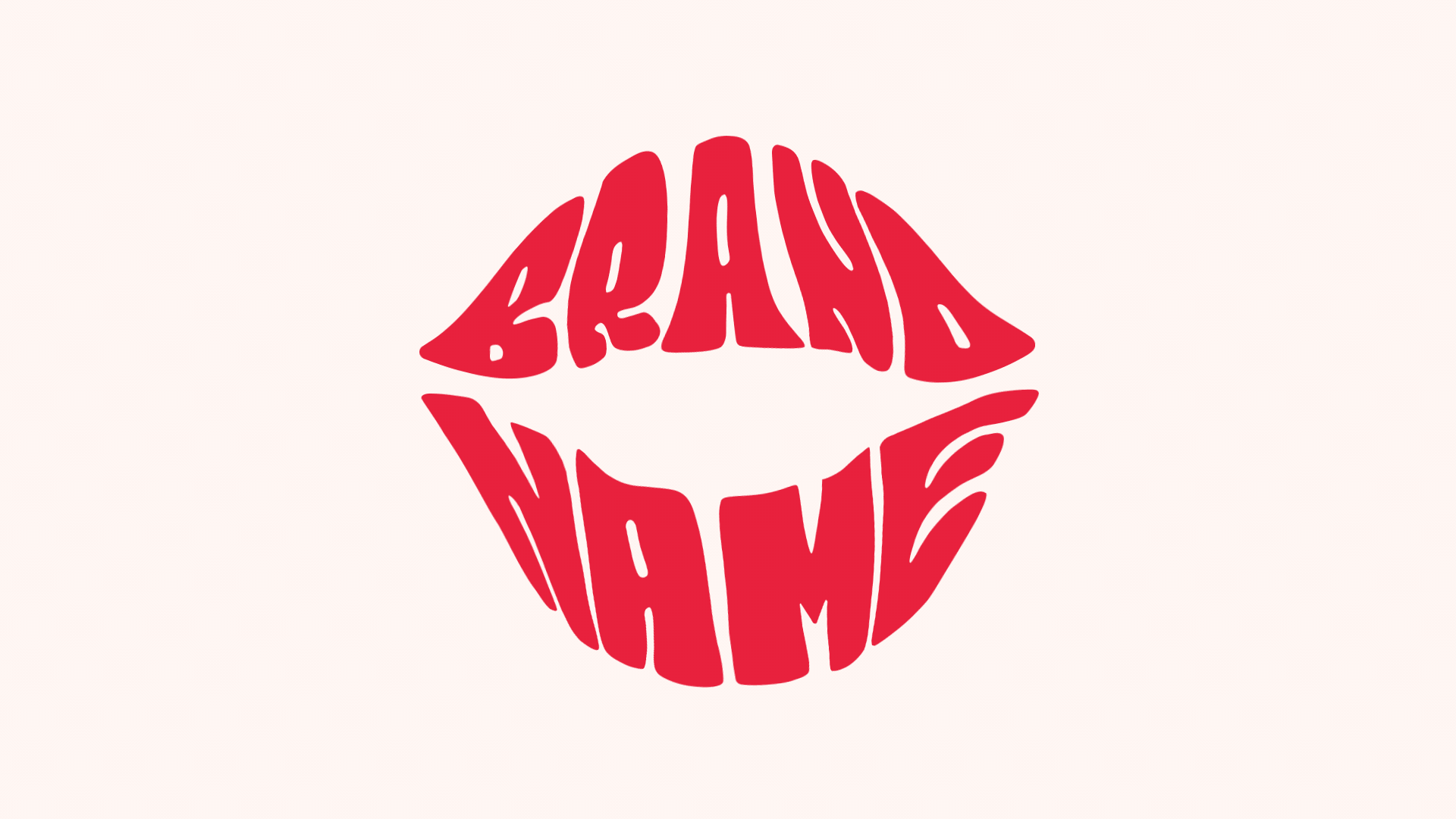It is now understood that marketing can be used as a tool for far more than just increasing income channels for a company. The other side of the margins coin is the cost to a company. This is because income – costs= the profit margin. Upon a first look, it would seem that marketing is merely a cost (as it is a part of the production machine), however with closer inspection comes the realization that it can actually act as an adverse by infusing efficiency within the production system.
Costs can be reduced by using marketing as a way to increase process efficiency. Applying mainly to service sector businesses, increasing the efficiency of the personnel of a company can directly reduce costs. What is known as ‘process design’ is the use of creative expertise to make a workplace that is conducive to effective work– thus reducing operational costs. Marketing’s role in this reduction could be questioned. However, when it is noted that the workplace has to aspire to ‘be’ the brand, then it becomes clear that marketing and innovative creative design are key. A new wave of workplace design ethos is sweeping the business management world. It follows the success of workplace design innovators who have had great success in creating non-traditional workplaces which actually end up being far more efficient than a standard design. The most famous of these is the brand leader and innovator, Google. To embody the brand of Google, the workplace design had to aspire to fulfil Google’s ethos of creativity and imagination. This has led to workplaces which do not fully resemble workplaces; featuring free food canteens, sports fields, bowling alleys and no suits in sight. This makes people enjoy their time at work, and less likely to move on to pastures new. The savings can be huge, as a study by Becker (2001) has shown, the cost of replacing a mid-level manager is roughly 50% of a yearly salary cost.
So, by making workers want to work in an environment, there can be huge reductions in hiring and firing costs. This is not merely an abstract observational study that works for Google, as Elastic Creative itself has been involved in process design with an aim of increasing efficiency. In visually marketing the workplace of online innovation firm Brightsolid, Elastic translated the brand image and philosophy into the office– making it both an efficient workplace and a cool place to be. This was successful, with Brightsolid noting that staff turnover reduced from 45% a year to just 5%, at the same time increasing yield by 400% – suggesting that workers are more efficient.
Part 4: Measuring marketing’s role



